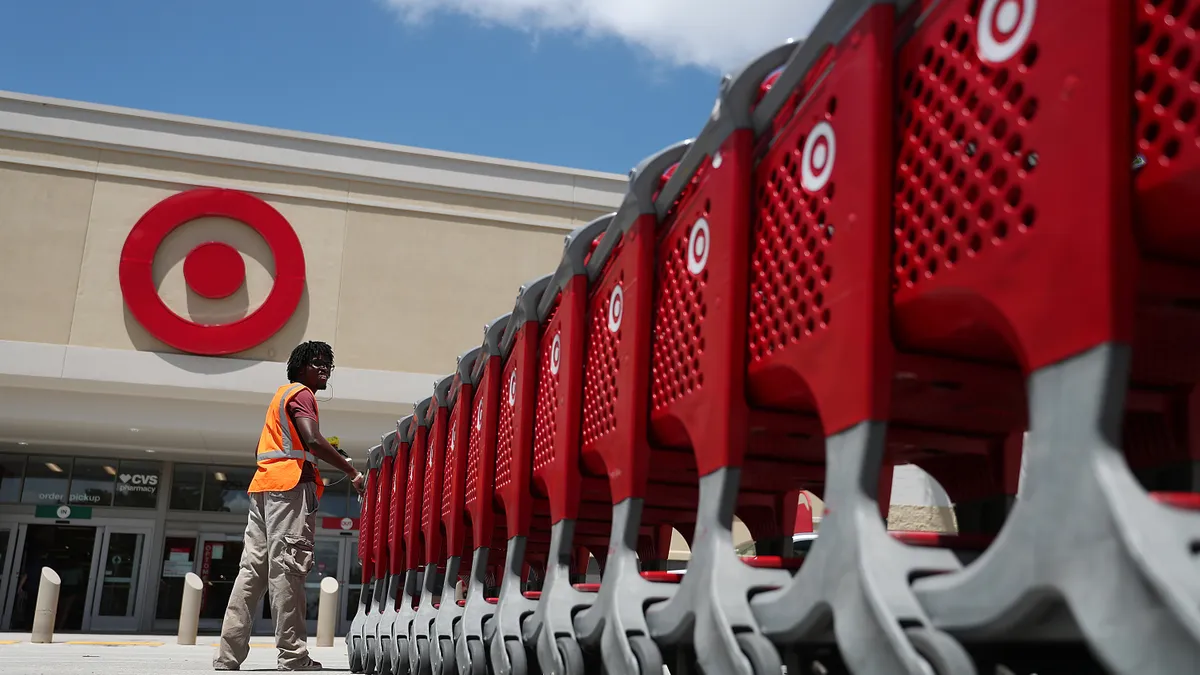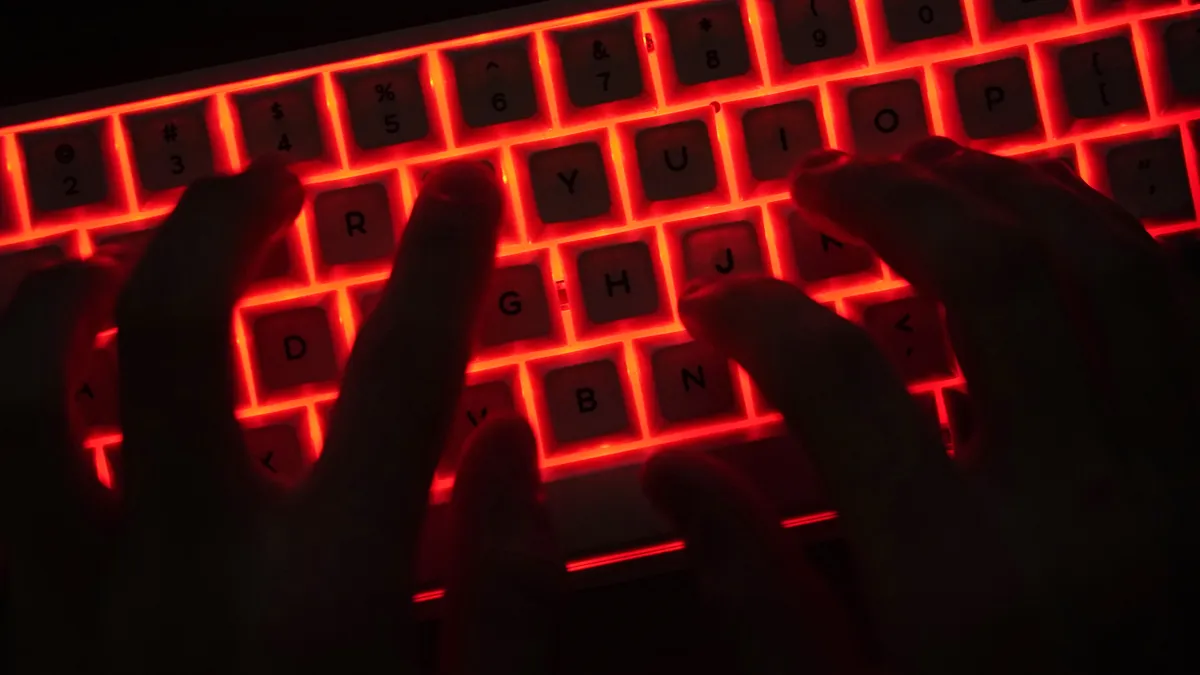Undeniably, workplace sexual harassment is top of mind. Employees at Activision Blizzard rallied together earlier in the year to expose their workplace's alleged "frat boy culture." California's Department of Fair Employment and Housing filed a civil suit, which included sexual harassment claims, in July. Employees walked out in support. The next month, the New York State Attorney General's office released a report detailing Gov. Andrew Cuomo's alleged sexual misconduct against 11 women. He subsequently resigned.
HR pros, consider this: Workplace harassment may be top of mind for employees because it's their real-time lived experience. While remote work has made some employees feel safer, stay-at-home orders have led to many people being quite vocal about sexually inappropriate interactions among co-workers. Globally speaking, workplace harassment is shaping up to be its own pandemic.
Beyond anecdotal evidence, there's Deloitte's 2021 Women @ Work report, which surveyed women in service and knowledge industries in 10 countries: Australia, Brazil, Canada, China, Germany, India, Japan, South Africa, the United Kingdom and the United States. More than half (52%) of women surveyed said they had experienced some form of harassment or microaggression (these can include sexual comments) in the year prior.
Regarding U.S. workers in particular, the results of TalentLMS and The Purple Campaign's survey on the state of sexual harassment training are telling: 29% of workers surveyed said they have experienced unwelcome behavior via video calls, text messages, email or another online platform.
In part, outdated training materials are to blame, Dimitris Tsingos, CEO of TalentLMS backer Epignosis, told HR Dive. "Many reported they were trained with videos and other material — sometimes 20 years old or more," he said. These older videos don't account for many aspects of modern society, including more the integration of technology in our lives and a deeply "digital-first" society thanks to COVID-19.
"Some people don't have that deep understanding of the digital world," Tsingos added. "Many psychological studies show that people are very polite with face-to-face conversation, but have completely different personalities behind a screen or keyboard." He said this boldness, referred to colloquially as "PC bravery," combined with pandemic-era stress may be compelling people to behave inappropriately.
For some, there's a lack of framework. Only 17 states require employers to conduct sexual harassment training. Of these, 11 require training for the public sector employees, and six states mandate training in both the public and private sectors: California, Connecticut, Delaware, Illinois, Maine and New York.
A complicated, deeply gendered understanding of sexual harassment also exists in the U.S. The TalentLMS and Purple Campaign report captured this by weighing definitions of harassment among men and women. For example, 92% of women surveyed said that unwanted physical contact counts as sexual harassment, compared to 78% of men survyed. Suggestive remarks were considered harassment by 88% of women and 69% of men; likewise, sexual jokes were frowned upon by 86% of women and 69% of men.
Additionally, 73% of women surveyed said comments regarding someone's gender identity and expression were sexual harassment, compared to 47% of men. "The very definition or the very understanding of sexual harassment has changed," Tsingos said. "All the [old] material does not really account for diversity and equity for non-binary people."
LGBTQ-specific sexual harassment is a well-documented phenomenon. Findings from the Human Rights Campaign's seminal report, A Workplace Divided, illustrate this in depth. One in five LGBTQ workers told HRC that co-workers suggested they should dress more feminine or masculine. Additionally, 18% of LGBTQ workers surveyed said a co-worker had made sexually inappropriate comments to them "because their coworker thought their sexual orientation of gender identity made it OK."
LGBTQ women are often targets for harassment, according to data from McKinsey's Women in the Workplace report. Not only do bisexual women experience more microaggressions than their straight counterparts, but LGBTQ women are about twice as likely to feel pressure to "play along with sexual discussion, humor, or actions" than straight women and LGBTQ men.
Additionally, more than half of LGBTQ women surveyed said they had experienced sexual harassment over the course of their career — more than straight women and almost twice as much as LGBTQ men.
Tsingos' main piece of advice for CHROs? Be proactive.
"The old style was reactive. You know: 'Something happened. We need something, so nobody reports this guy again.' More or less," Tsingos said. "Now, we need a proactive approach we need to prevent sexual harassment from from happening. And very importantly with the right sexual harassment training, people feel more comfortable, they feel safe, they feel welcome to the organization — no matter what their sexual identity is."











![Salesforce AI's CEO sits onstage across from Cristina Criddle. Screens that say Human[X] hang behind them.](https://imgproxy.divecdn.com/J71WpXWHjr8jmbCw_PX7Cp2YH7Pmo8dP66Pz0SEPfw4/g:nowe:0:104/c:1024:578/rs:fill:1200:675:1/Z3M6Ly9kaXZlc2l0ZS1zdG9yYWdlL2RpdmVpbWFnZS9HZXR0eUltYWdlcy0yMjA0NjUxNDM0LmpwZw==.webp)










![Salesforce AI's CEO sits onstage across from Cristina Criddle. Screens that say Human[X] hang behind them.](https://imgproxy.divecdn.com/4XVfO8mNsslv7_axsVip9IU74iKpLWgiY3616VXH4ow/g:nowe:0:104/c:1024:578/rs:fill:600:338:1/Z3M6Ly9kaXZlc2l0ZS1zdG9yYWdlL2RpdmVpbWFnZS9HZXR0eUltYWdlcy0yMjA0NjUxNDM0LmpwZw==.webp)